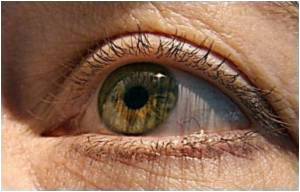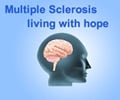Researchers from UT Southwestern Medical Center claim that a quick, painless eye measurement shows promise as a way to diagnose multiple sclerosis in its very early stages, and to

The technique, called optical coherence tomography (OCT), reliably measures thinning of the retina in people with multiple sclerosis, the researchers found.
"An ophthalmologist might someday be able to use OCT to identify retinal thinning during a routine eye exam and consider MS as a prime diagnosis," Dr. Frohman said.
However, this prospect is a long way off."
The retina, which lines the back of the eye, detects light and sends visual information to the brain via the optic nerve. Retinal thinning can occur as a result of multiple sclerosis, but this study, Dr. Frohman said, is the first to track such thinning over time in a single group of patients. The Neurology study involved 299 patients with MS who were tracked for six months to 4.5 years.
The researchers found that the retinas thinned significantly with time, and patients often concurrently lost visual sharpness. Overall, the study indicated that OCT is reliable, easy to use and sensitive to changes over time. It could also be used with current clinical measures, the researchers said.
OCT machines already are available. Patients look into a device similar to those that measure vision for corrective lenses. Near-infrared light, which is invisible to the eye, penetrates the retina and provides information on its thickness. The measurement takes a few seconds for each eye.
Source-ANI
 MEDINDIA
MEDINDIA



 Email
Email










